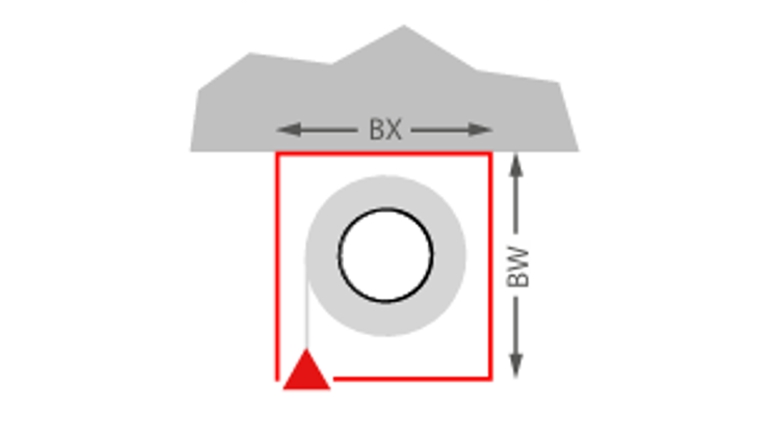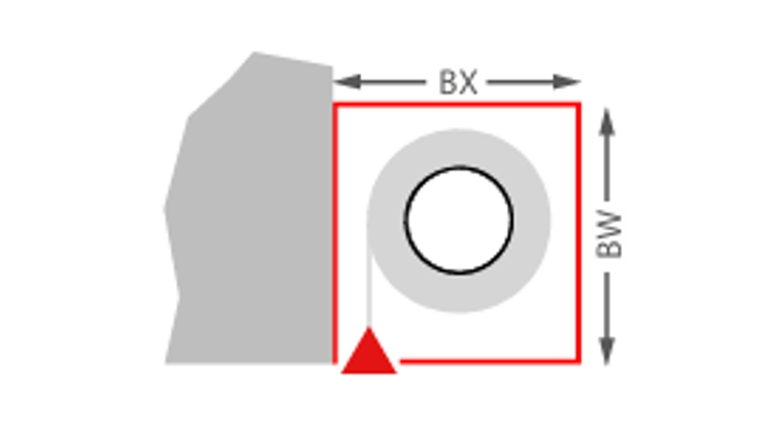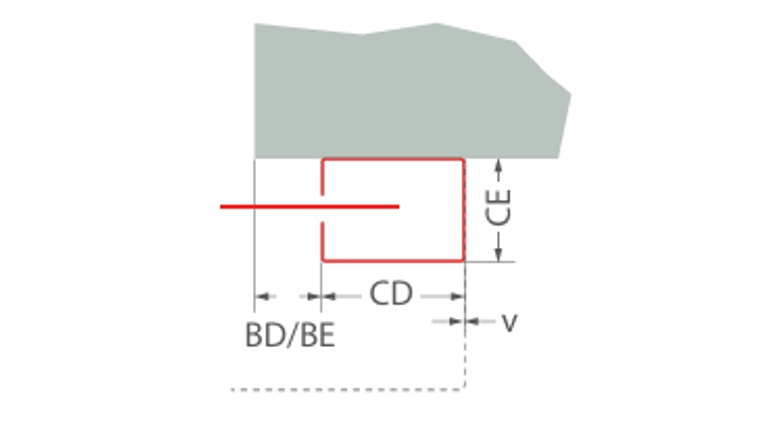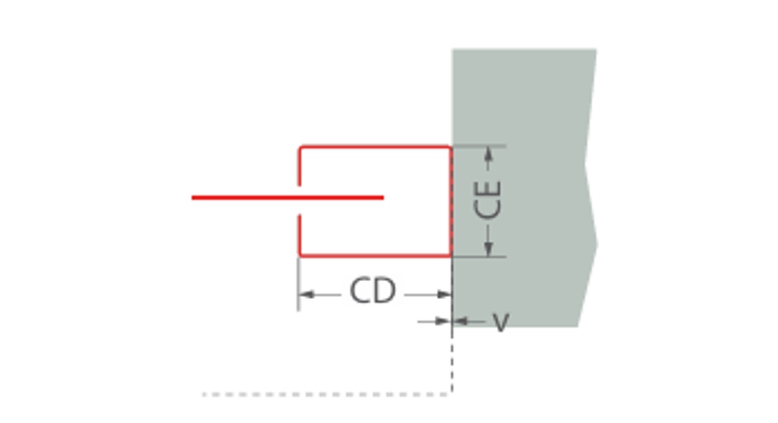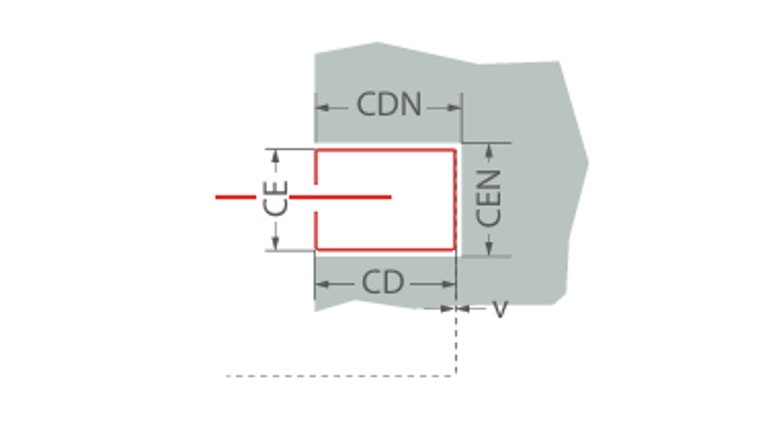SYSTÈME : FIBERSHIELD® | SÉRIE FIBERSHIELD®-P
| Type de construction | Rideau coupe-feu non isolant |
| Constatation | Marquage CE selon EN 16034:2014 en combinaison avec EN 13241:2003+A2:2016 |
| Direction de fermeture | du haut vers le bas |
| Résistance au feu | E 30 - E 120 | EW 30 - EW 120 | testé selon EN 1634-1:2014+A1:2018 | classé selon EN 13501-2:2016 |
| Cycles de fermeture | C0, C, C1, C2 | testé selon EN 12605:2000-08 et EN 12604:2017-12 | classé selon EN 13501-2:2016 |
| Réaction au feu du textile | A2-s1, d0 ; B-s1, d0 ; E-d2 | testé selon ISO 1716 et EN 13823 ou ISO 11295-2 | classifié selon EN 13501-1:2018 |
| Conditions environnementales | Ne sont pas prises en compte les conditions environnementales particulières (par ex. humidité de l'air > 80 %, température ambiante < 5 °C et > 40 °C, charges de vent, etc.) |
| Surfaces visibles | galvanisé | RAL, lisse, satiné, teinte standard | NCS, teinte standard |
Dimensions et structure du système
Classification de la série Fibershield®-P
| Classe de résistance au feu/ Classifications | Dimensions* [LB x LH] en mm | Tissu | Epaisseur de paroi** en mm | Carter d'enroulement | Rails de guidage |
| E 30 | 11000 x 8000 | Protex 1100 1.A2 | 140 | Typ A, B, C | Typ 1, 2, 3 |
| E 60 | 11000 x 8000 | Protex 1100 1.A2 | 140 | Typ A, B, C | Typ 1, 2, 3 |
| E 90 | 11000 x 8000 | Protex 1100 1.A2 | 200 | Typ A, B, C | Typ 1, 2, 3 |
| E 120 | 11000 x 8000 | Protex 1100 1.A2 | 200 | Typ A, B, C | Typ 1, 2, 3 |
| EW 30 | 11000 x 8000 | Protex 1100 1.A2 | 140 | Typ A, B, C | Typ 1, 2, 3 |
| EW 30 | 12000 x 7500 | Heliotex 9 | 140 | Typ B, C, D, E | Typ 1, 2, 3 |
| EW 60 | 12000 x 7500 | Heliotex 9 | 200 | Typ B, C, D, E | Typ 1, 2, 3 |
| EW 90 | 12000 x 7500 | Heliotex 9 | 200 | Typ B, C, D, E | Typ 1, 2, 3 |
| EW 120 | 11000 x 3300 | Heliotex 12 | 200 | Typ B, C, D, E | Typ 1, 2, 3 |
| E 120 | 12000 x 7500 | Heliotex 9 | 200 | Typ B, C, D, E | Typ 1, 2, 3 |
| C0, C1 | 11000 x 4200 | Heliotex 9 | |||
| C0, C1, C2 | 7500 x 5000 | Heliotex 9 | |||
| C0, C1, C2 | 11000 x 9800 | Protex 1100 1.A2 |
La situation de montage doit être conforme aux exigences légales de construction du pays de montage. La résistance au feu d'une structure porteuse de plafond ou de mur et des éléments de construction adjacents doit être au moins égale à celle de la fermeture coupe-feu et/ou pare-fumée/rideau coupe-feu et/ou pare-fumée. La preuve de la stabilité et de l'aptitude au service des parois et éléments de construction adjacents doit être apportée dans les conditions ambiantes générales et en cas d'incendie. Voir également les indications relatives à la structure porteuse normalisée dans la norme EN1366-7:2004 ou EN1363-1:2020. Le système de protection incendie ne doit pas non plus être soumis à une charge supplémentaire en cas d'incendie, hormis son propre poids.
* Différences de dimensions sur demande
** Types de murs testés selon les instructions de montage


